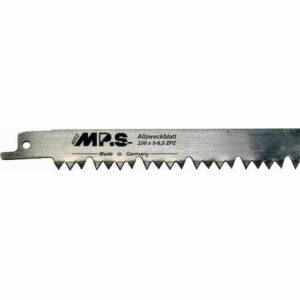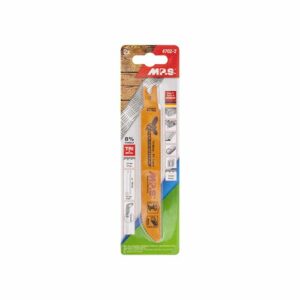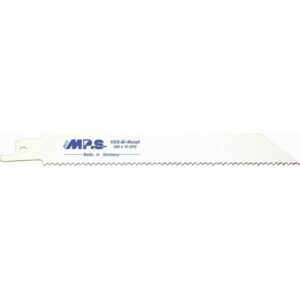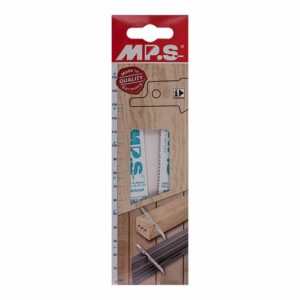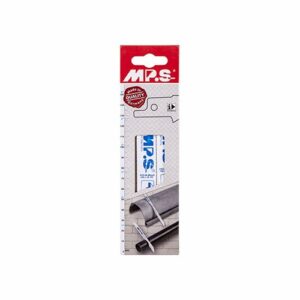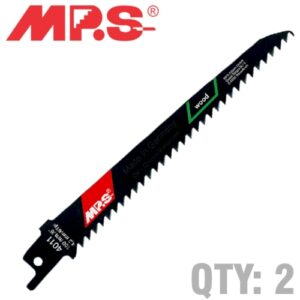Reciprocating saw blades, also known as sabre saw blades or recip blades, are cutting tools designed for use with reciprocating saws. These blades feature a long, straight shape with teeth along one edge and are used for making aggressive cuts in a variety of materials, including wood, metal, plastic, and even masonry.
Here are key aspects and features of reciprocating saw blades:
Blade Design: Reciprocating saw blades typically have a straight, narrow profile and are made of high-speed steel (HSS), bi-metal, or carbide materials. The blade material determines its durability and suitability for cutting different materials.
Tooth Configuration: Reciprocating saw blades have various tooth configurations, including coarse, fine, or specialized patterns. Coarse-toothed blades are ideal for fast, aggressive cutting, while fine-toothed blades deliver smoother cuts in materials such as metal or plastic.
Shank Type: Reciprocating saw blades come in different shank types, such as universal shank, which is compatible with most reciprocating saws, or specific shank types for certain models. It is important to choose the right shank type that matches your reciprocating saw.
Blade Length: Reciprocating saw blades are available in various lengths, ranging from a few inches to longer blades. The blade length determines the cutting depth and the material thickness it can handle.
Reciprocating saw blades are versatile tools commonly used in construction, demolition, remodeling, and other applications that require aggressive cutting. They are known for their ability to make rough cuts, tackle challenging materials, and access tight spaces.
When selecting reciprocating saw blades, consider the material being cut, the desired cutting speed, and the specific cutting requirements of your project. Choosing the appropriate blade will ensure efficient cutting and optimal results.
Showing 1–28 of 37 results
- 1
- 2

